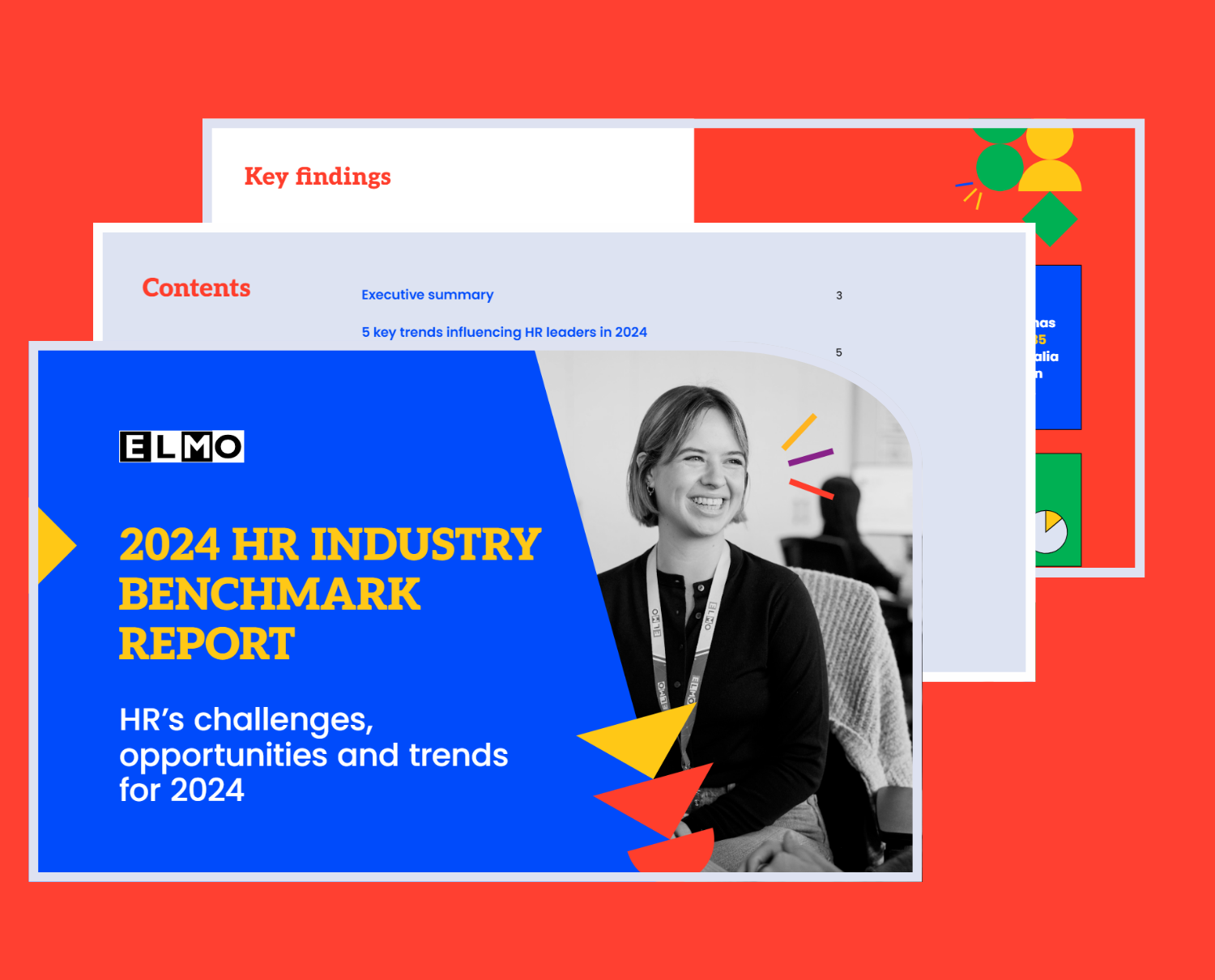
Westpac
Revolutionising remuneration: Westpac’s journey with ELMO Software in shifting processes to the digital era.
The Challenges
Out-of-date, in-house legacy system requiring costly and time-consuming upgrades and technical support
Increased business risk as a result of outdated technology
A desire for external consulting and best practice tips regarding user experience
Several business risks were identified that needed to be dealt with to ensure the system was viable for the future.
“We were continually requiring technical support from the original developers, which was costly. Our changing needs meant that the developers were always looking for the “quick fix” solution resulting in the base code of the system becoming unstable,” says Westpac’s Head of Remuneration and Performance Management.
“We also found that we would benefit from an external view of how some parts of the process could be managed rather than us having to identify the problem, design the solution and instruct technology developers who did not always have an understanding of the user experience required.”
The Solution
Westpac’s Head of Remuneration and Performance Management had utilised Pivot Remuneration solution in a previous role at another organisation and saw the advantages of moving to a commercially available and configurable system. As Pivot Remuneration utilises the latest version of .NET, it was able to be easily integrated into their existing infrastructure.
A major plus for Westpac is that Pivot Remuneration ensures the product remains up-to-date through upgrades that have been derived from proactively seeking customer feedback. “We now have value-adding features not possible in our own in-house system,” says Westpac’s Head of Remuneration and Performance Management.
The Benefits
Elimination of knowledge risk associated with outdated technology
Less reliance on technology developers to interpret in-house needs, with access to a local team of Pivot Remuneration specialists
Up-to-date product upgrades, customisable to the changing needs of Westpac and their customers
More robust processes that have provided greater credibility to the wider HR team from the perspective of internal customers

Westpac’s Head of Remuneration and Performance Management says the use of Pivot Remuneration has meant that knowledge risk has been eliminated and reliance on technology developers to interpret their needs has dropped. Pivot have an in-house support team to train all users or if they need help.
“Our wider HR team has been able to be involved in a process previously managed centrally within the remuneration team. Everyone is now much more engaged in the process and as a result HR has achieved more credibility with its internal customers – the people managers within our business,” says Westpac’s Head of Remuneration and Performance Management.
 HR Core
HR Core 









